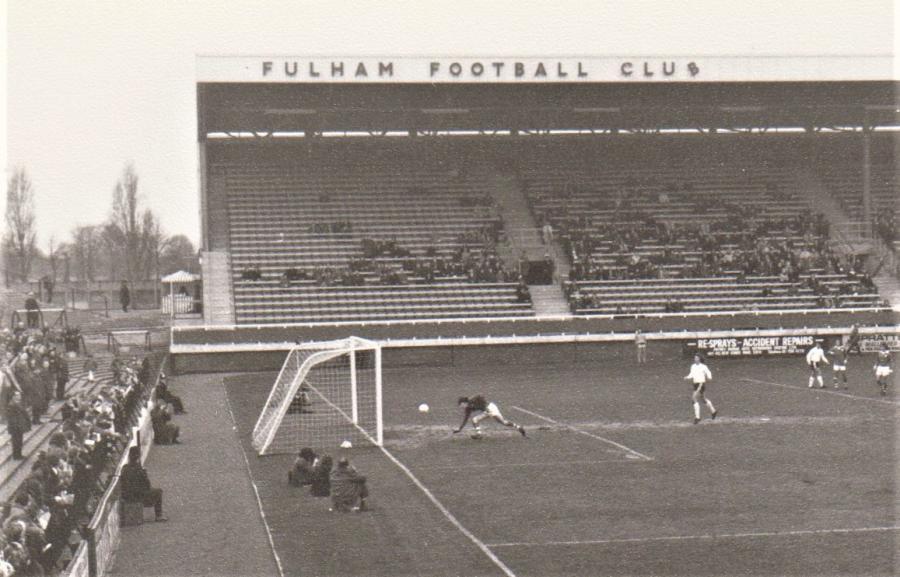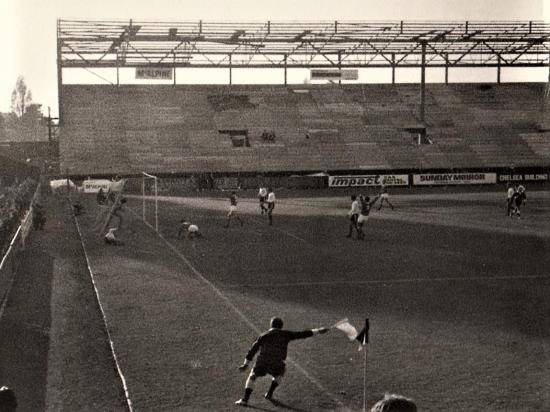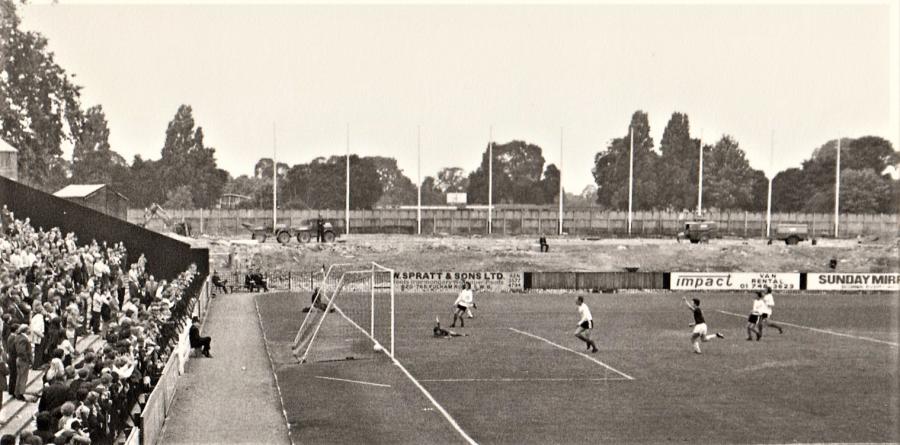Last Saturday the sunshine was glorious but the match between Fulham and West Bromwich Albion proved disappointing.
After an early scare the home side controlled the first half with Tom Cairney, Ivan Cavaleiro, Anthony Knockaert and Bobby Decordova-Reid all within an ace of scoring. Yet it was not until four minutes after the interval that Sam Johnstone the Albion keeper was finally beaten. From just outside the penalty area Knockaert sent over a looping centre that swirled into the net. It looked spectacular but the player later made the honest admission that he was not trying to shoot. He is no less a hero for that.
After gaining this well-deserved lead Fulham seemed to fall back, forgetting that West Brom had yet to lose a match this season. The visitors came more into the game and nearly scored but for Alfie Mawson’s intervention. The resulting corner kick seemed to have landed in Marcus Bettinelli’s hands but the keeper let it escape under pressure from Charlie Austin, and Semi Ajayi grabbed the 80th minute equaliser. The match finished in a draw.
VAR might have given Fulham a penalty for a clash in the area, and Bettinelli’s tangle with Austin also might have justified a review, but this was not the sort of performance that wins promotion. Though the new players continue to impress (Harrison Reed was the supporters’ Man of the Match) too many points are being squandered. The team had 13 corners and wasted most of them, whilst the Albion, who had only three, scored from one and nearly stole the winner in the game’s dying moments. The home defence looked secure though I am still unnerved by those close passing movements in the penalty area. Maybe the ludicrous goals conceded by Manchester City and Arsenal during the same weekend will give Scott Parker and his players pause for thought.
Riverside Stand
As the Riverside Stand is gradually being dismantled, supporters who were around in the early 1970s will recall the various stages of its creation, as the terracing was removed, seats installed and the roof completed. The signage soon started to come adrift – note the wobbly B.

To celebrate the stand’s official opening on the last evening of February 1972 Fulham played a friendly match against the Portuguese team Benfica. It was a delight to see Eusebio at the Cottage, but the event had ominous overtones. To quote from Alex White’s indispensable ‘Fulham FC Miscellany’: ‘Fulham actually lost money on the night as they had to pay their visitors £8,000 and spend another £300 to power the floodlights’.

In the following years the electricity supply was not a problem but finance certainly was. The Riverside Stand offered more comfort and better sightlines than its venerable counterpart on Stevenage Road but with home matches drawing crowds of just 11000, most of whom preferred to stand on the terraces, it rarely paid its way.
No sooner had the stand been completed than the club director Sir Eric Miller was thinking of replacing it with something more profitable, like a grandstand with offices built above it. Ironically the Riverside Stand bore Miller’s name for a while as he appeared to be the club’s chief benefactor. The Board of Trade inspectors later investigating Miller’s financial dealings regarded his plan as ‘imaginative but probably largely imaginary’.
With its battered finances the club could hardly undertake such a redevelopment. The Board of Trade report, issued in 1979 after the director’s suicide, showed that Fulham owed £90,000 to Miller’s estate and £380,000 to McAlpine, who had yet to be paid for constructing the Riverside Stand. Small wonder that the club almost folded in the 1980s, but somehow Fulham and the Riverside Stand both survived. More of this saga to follow.

The views expressed in this blog are those of the author and unless specifically stated are not necessarily those of Hammersmith & Fulham Council.
Want to read more news stories like this? Subscribe to our weekly e-news bulletin.

